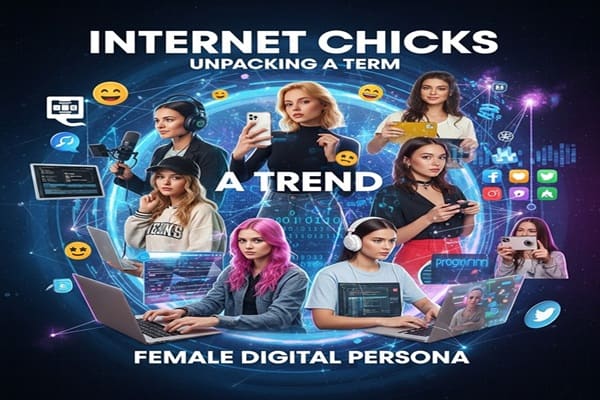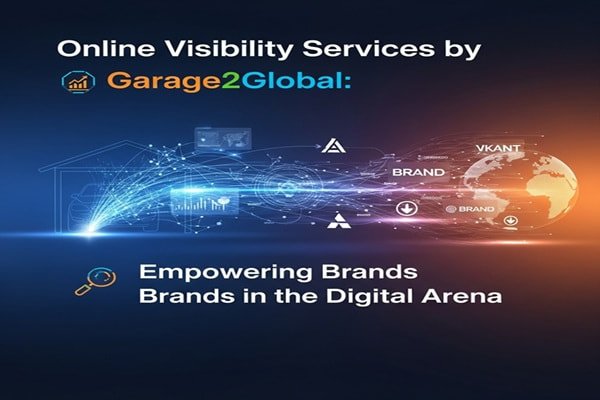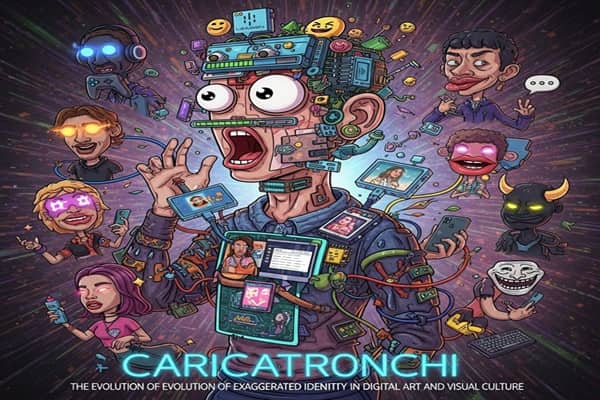Internet Chicks: Unpacking a Term, a Trend, and the Female Digital Persona

If you’ve ever scrolled through TikTok, Instagram, or Twitch and wondered, “Who exactly are these internet chicks everyone talks about?”, you’re not alone. The phrase might sound casual—maybe even flippant—but it actually points to a complex, fascinating phenomenon shaping online culture.
“Internet chicks” aren’t just influencers or meme-makers—they’re digital personas navigating a world where attention is currency, visibility is power, and every post is a carefully constructed performance. Whether meant as a compliment, a critique, or a stereotype, the term reveals a lot about how women exist, perform, and are perceived online today.
Let’s unpack what it really means, why it matters, and how it reflects both digital culture and society at large.
1. The Origins: A Term Without a Clear Birthdate
The phrase “internet chicks” doesn’t have a formal origin—it emerged organically sometime in the early days of MySpace, LiveJournal, and early webcam culture. Back then, women online were already creating curated spaces, posting selfies, journaling confessions, or streaming in a way that made them known without traditional fame.
Over time, as Instagram, TikTok, Twitch, and YouTube rose to prominence, the archetype evolved. Today’s internet chick could be:
-
A Twitch streamer grinding through hours of gameplay
-
A TikTok fitness coach sharing daily routines
-
A meme account admin commenting on internet culture
-
A lifestyle influencer posting fashion, beauty, or art
At its core, the label blends admiration and condescension. It recognizes visibility but often ignores the strategy, effort, and emotional labor that goes into maintaining it.
2. Constructing the Persona: The Art of Being Online
Being an internet chick isn’t just about showing up online. It’s about performing a persona that’s visually cohesive, entertaining, and relatable. This includes:
-
Visual branding: Consistent colors, filters, clothing choices, and aesthetics
-
Platform fluency: Mastering TikTok trends, Instagram reels, YouTube uploads, or X threads
-
Audience engagement: Answering comments, DMs, hosting Q&As, or running giveaways
-
Self-referencing humor: Using memes or inside jokes to make the persona part of the content
Successful creators blend sincerity with satire, vulnerability with confidence. They make it look effortless—but behind every “natural” post is hours of planning, editing, and emotional labor.
3. The Economy of Visibility
In today’s digital world, attention is money. Platforms reward engagement, which can translate into:
-
Sponsored posts and brand deals
-
Paid subscriptions on Patreon or OnlyFans
-
Digital product sales or collaborations
But visibility comes at a cost. The same audience that builds an online persona can become intrusive, creating parasocial relationships where followers feel entitled to personal details. This paradox creates both freedom and constraint: creators control their image but remain tied to algorithms, platform changes, and public scrutiny.
4. Stereotypes, Double Standards, and the Gendered Gaze
The term internet chick is rarely applied to men—and when it is, it rarely carries the same judgment. Women are judged not just for what they create, but for how they look while doing it.
-
Men: Often called creators, entertainers, experts
-
Women: Often called exhibitionists, superficial, or performative
This double standard manifests in harassment, inappropriate DMs, and biased moderation. It underscores how the internet, while democratizing visibility, also reinforces old patterns of the male gaze and societal expectations of femininity.
5. Algorithms: The Invisible Director
Social media platforms aren’t neutral—they actively shape who gets seen. Algorithms reward:
-
High engagement in short periods
-
Cohesive aesthetics and recognizable style
-
Emotional or visually appealing content
-
Easily shareable or remixable posts
The effect? Platforms amplify women who fit certain standards of attractiveness, youth, and engagement style. Being an “internet chick” is partially defined by algorithmic preference as much as personal choice.
6. Feminism, Agency, and Reclamation
Despite its baggage, the label has been reclaimed by many creators. Today’s internet chicks use visibility as a tool for empowerment:
-
Challenging gender norms and societal expectations
-
Sharing personal struggles with mental health and burnout
-
Building communities centered on resilience, joy, and creativity
Reclaiming the term becomes an act of defiance: “Yes, I am visible. Yes, I perform—but it’s on my own terms.”
7. Mental Health and the Cost of Curated Intimacy
Being online 24/7 comes with psychological consequences:
-
Burnout from the pressure to constantly produce content
-
Identity blur between public persona and private self
-
Emotional fatigue managing audience expectations
-
Exposure to harassment and invasive behavior
Many creators now openly discuss these challenges, highlighting the complexity behind seemingly effortless posts. The expectation to be constantly “on” is exhausting, yet many continue to navigate it while protecting their boundaries.
Also Read : The Blow-Up Ratio: Understanding a Crucial Variable in Film Extrusion Technology
8. Beyond the Stereotype: Who Are Internet Chicks Really?
Contrary to popular assumptions, there’s no single mold. Internet chicks can be:
-
Gamers on Twitch
-
Moms sharing parenting tips on TikTok
-
Artists posting behind-the-scenes on Instagram
-
Writers or activists using Twitter/X to educate
-
Educators making complex topics accessible on YouTube
The common thread? They create meaningful presence online, blending performance with authenticity. Reducing them to a stereotype flattens their creativity and resilience.
9. What the Term Says About Us
How we use internet chick reveals as much about viewers as creators. It exposes:
-
Societal discomfort with confident, visible women
-
Biases about appearance, performance, and authority
-
Our complicity in celebrating yet trivializing online work
Every seemingly effortless post involves hours of work, emotion, and strategy. Recognizing this transforms our perception from judgment to appreciation.
10. The Future of the Internet Chick
With AI avatars, AR filters, and evolving social platforms, online identity will only become more complex. But women’s presence in digital culture is permanent.
The future “internet chick” may focus less on looks and more on presence, perspective, and influence—building emotional ecosystems, fostering communities, and redefining what it means to be seen online.
Conclusion: Seen and Self-Seen
Internet chicks may always carry a hint of irony or critique, but behind the label lies a deeper truth: digital femininity is both a performance and a craft. Women navigating online spaces today are not passive—they’re builders, artists, disruptors, and survivors.
To be a woman online is to exist in contradiction: watched but autonomous, trivialized but influential, visible but self-directed. It’s challenging, creative, and profoundly human.
The internet doesn’t create identity—it amplifies it. And the women who rise within it? They define what it means to be seen on their own terms.
FAQs
1. What does “internet chicks” actually mean?
A slang term for women with a curated or prominent digital presence. Often used to describe influencers, streamers, or content creators.
2. Is it disrespectful?
It can be, depending on context. While some reclaim it playfully, it often trivializes women’s labor online.
3. Why are women labeled this way more than men?
It reflects gender bias. Men are typically recognized for expertise or entertainment; women are judged for visibility and appearance.
4. Are they only influencers or models?
No. Internet chicks can be gamers, educators, artists, activists—anyone creating visible, impactful content online.
5. What impact do they have on culture?
They influence trends, consumer behavior, social conversations, and redefine online identity, often under intense scrutiny.
content creators digital identity female digital persona Instagram trends internet chicks internet feminism online influencers online visibility social media culture TikTok creators
Last modified:




